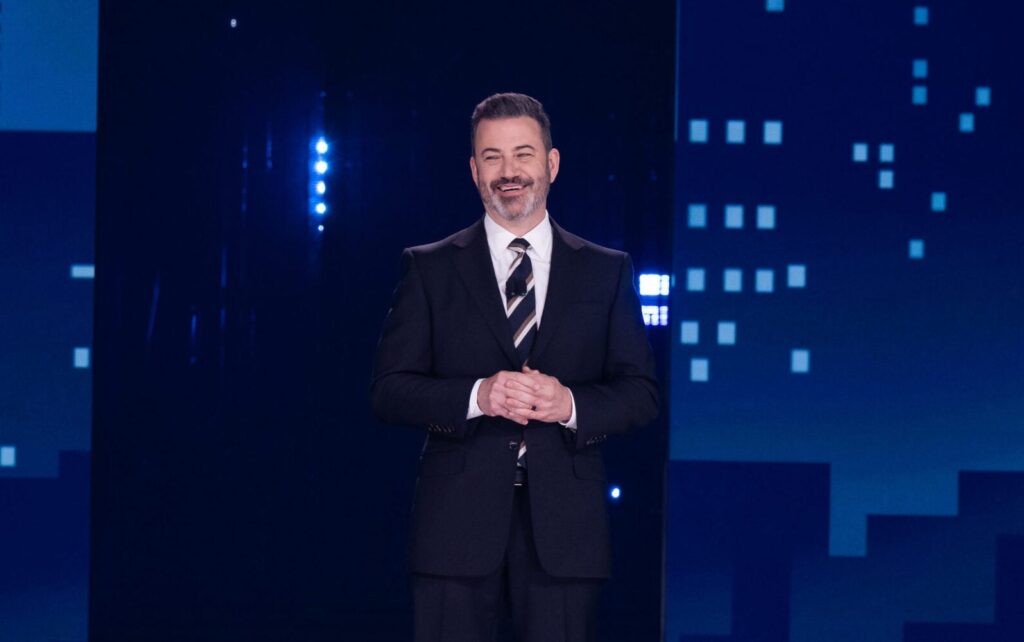In-store marketing, including P-O-P and retail merchandising, hit $17.6 billion in 2003, up 1.2% from the year before, based on PROMO estimates.
For the first time, PROMO has combined P-O-P with in-store services in its Industry Trends Report, and added retail merchandising to give a full picture of promotion at retail.
P-O-P is the bulk of spending, about $15.7 billion (up 1.2%), with retail merchandising at $1 billion (up an estimated 3%) and in-store services estimated at $876 million (up 1%).
Merchandising is up as marketers increasingly focus on field staff to keep brands on-shelf and top-of-mind. “Last year was less about gadgets and more about getting a stronger presence in-store by having people there and working with retailers on a stronger presentation,” says Peter Breen, editorial director of the In-Store Marketing Institute.
That focus will spur 10% to 20% growth this year for third-party merchandising services, the National Association for Retail Marketing Services (NARMS) projects. “Manufacturers know they have to put people in stores to make sure product is on the shelf,” says NARMS President-CEO Gary Ebben. More conservative estimates put 2004 growth at 5% to 6% for third-party merchandisers, based on retail-marketing budgets. “Our fortunes follow retailers’ health,” says Steve Workman, senior VP-sales and marketing for National Marketing Services, Edison, NJ. “As retailers get more money, we see more too.”
Watch for more emphasis on arms and legs to boost promotion performance. J. Brown/LMC Group merged in December with Crosscut, the marketing arm of food broker Crossmark, and got 6,000 reps to police participation in-store. Now J. Brown Agency uses Crossmark data to verify compliance, then analyze effectiveness of promotion tactics. “Marketers are investing so many millions of dollars on promotions that they want to make sure they pull it off in stores,” says J. Brown President Jim Norred.
One-fourth of U.S. marketers earmark 26% to 50% of their total marketing budget for retail merchandising, per PROMO’s Industry Trends Report. (Another 32% spend less than 25% of their total budget on it.) P-O-P is more widely used, but gets a smaller cut of the pie: 17% of marketers rank P-O-P as one of their top three activities, but nearly half of those (46%) earmark less than 25% of their marketing budgets for P-O-P, per PROMO’s survey.
Third-party merchandisers are working with manufacturers earlier in the promotion planning process. “Manufacturers only have a certain amount of money to spend with each retailer, and merchandising has to be slotted in there somewhere. We have to be sure they budget for what they need to get programs executed in-store,” Workman says.
Retailers still maintain preferred-vendor lists, but those lists are opening up as retailers approve more vendors. And big manufacturers can persuade retailers to let them choose unlisted firms, Workman adds.
Some 20% of marketers rank account-specific marketing among their top three activities; that impacts P-O-P customization and merchandising activity. The In-Store Marketing Institute is benchmarking costs and sales lift of account-specific P-O-P. Meanwhile, News America Corp. may launch an audit service to verify retailer compliance using customized P-O-P.
By September, the Point of Purchase Advertising International and Advertising Research Federation will unveil measured-medium research that has already shown that 49% of main-shelf P-O-P boosts sales.
Marketers, especially CPGs, now use procurement and reverse bids for P-O-P, gradually replacing old-school negotiations that often carried personal perks for buyers. Gillette Co.’s former director of permanent merchandising Gino DeLuca pled guilty in December to soliciting kickbacks from P-O-P suppliers. The case made minor headlines.
Still, price-only negotiations commoditize suppliers, strap R&D budgets and keep new technology off the drawing board — a Catch-22 that forces P-O-P and in-store service suppliers to compete harder on price.
Catalina Marketing Corp., for example, reorganized in November to focus on its core work, then cut 70 jobs in February 2004. CEO Dan Granger resigned in November; Michael O’Brien serves as interim CEO. Catalina’s financial reporting came under scrutiny and it may re-state 2003 revenues, especially for its foundering Catalina Health Resources division. Catalina reported that total revenue rose 6% to $474 million for fiscal 2003 ended March 31, 2003.
Still, some new items break through. In March, News America launched five SmartSource gadgets: Scented Shelftalk (touch the display, release the scent), Talking Shelftalk (touch-activated audio), Lighted Shelftalk (ads lit by flashing red LED lights) Shelftalk Banner (frames products on shelf) and SmartSource At-Shelf Sampling.
Meanwhile, News America sold its SmartSource Radio network to POP Radio in October, extending POP Radio’s reach to 12,500 U.S. grocery and drug stores.
Next year, watch radio-frequency identification technology first improve stock-keeping and merchandising, then in another five to 10 years refine promotion execution. “No matter how advanced the technology is, someone still has to get product on display,” Ebben says.
SNAPSHOT 2003
- Spending on in-store marketing reaches $17.6 billion in 2003
- P-O-P is $15.7 billion; retail merchandising tops $1 billion
- Arms and legs best high-tech R&D
- RFID hits merchandising in 2005, promotions in 2010 or later


 Network
Network

